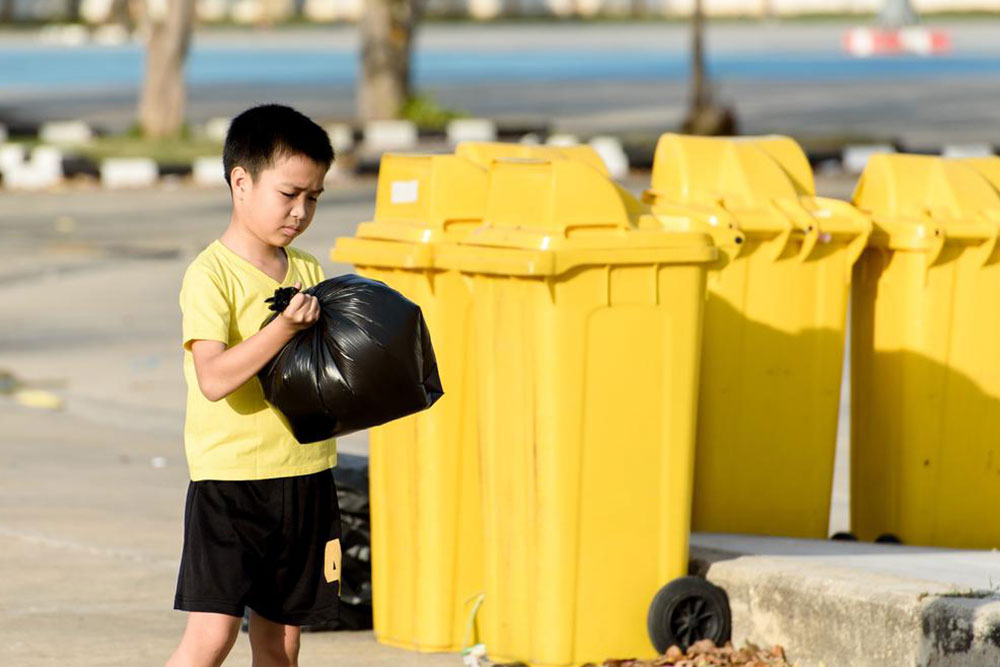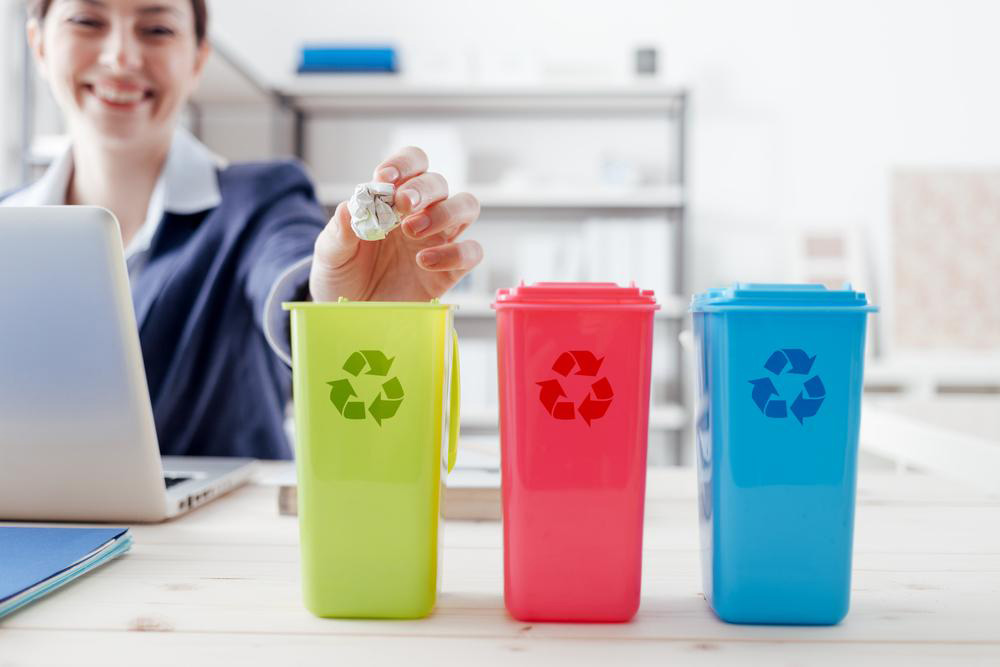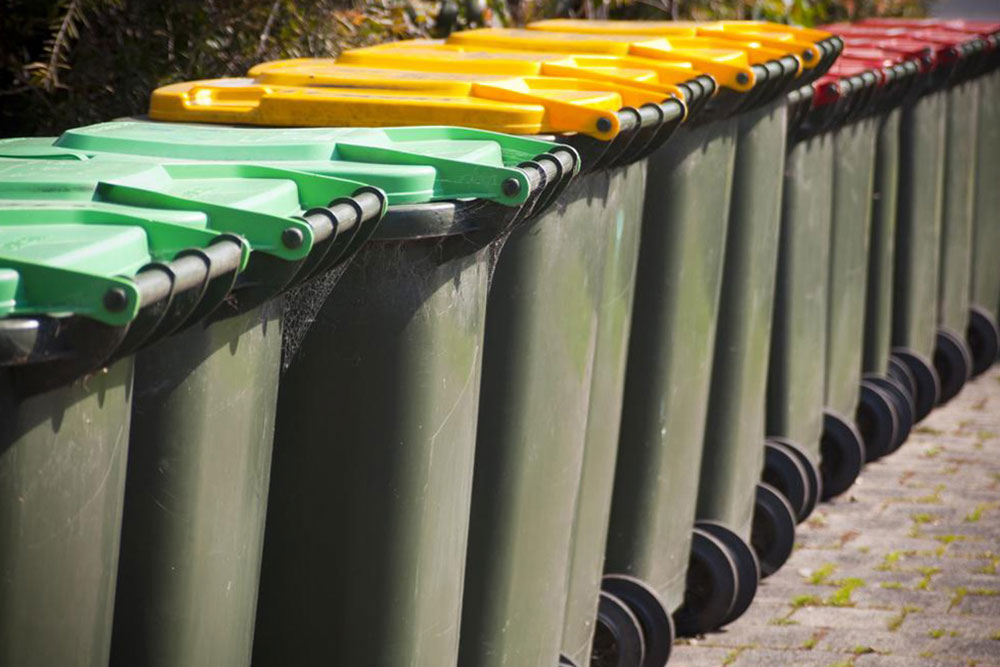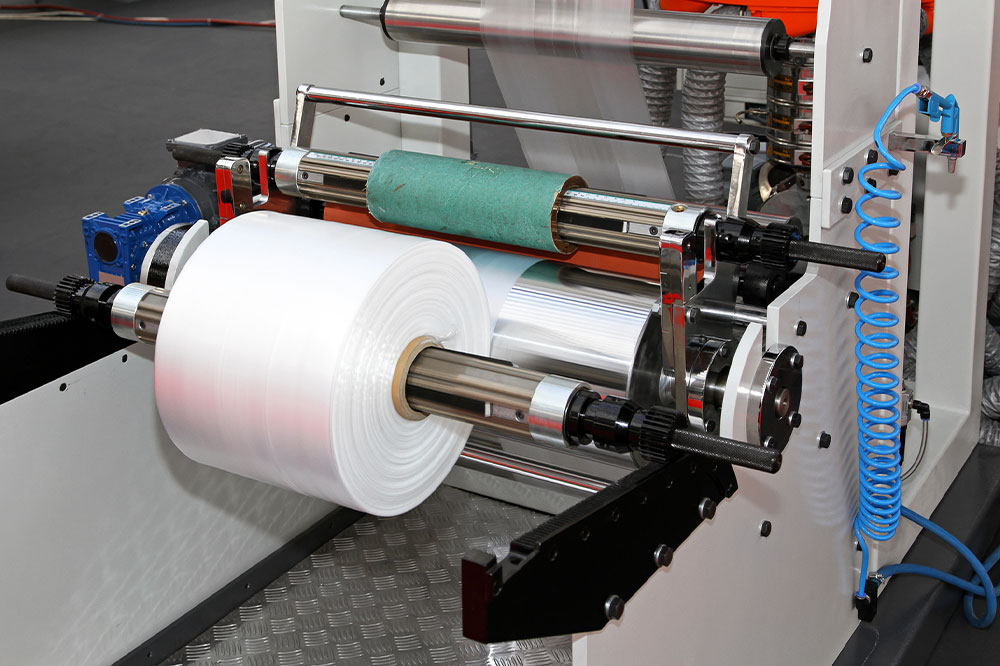The Historical Development and Environmental Consequences of Plastic Shopping Bags
Explore the evolution of plastic shopping bags from their innovative inception in the 1970s to their widespread adoption and the serious environmental challenges they pose today. This detailed article highlights the history, ecological impact, and future alternatives for sustainable retail packaging, emphasizing the importance of balancing convenience with environmental responsibility.

Plastic shopping bags have become an integral part of modern retail, but their journey from invention to environmental concern spans several decades involving technological advances, consumer habits, and ecological challenges. In this comprehensive exploration, we delve into the origins of plastic bags, their widespread adoption, and the pressing environmental issues they pose today.
**Origins in Innovation: The Birth of Plastic Shopping Bags**
The story begins in the early 1970s when the concept of plastic bags was developed as a practical alternative to paper bags. Swedish company Celloplast pioneered the design of a lightweight, durable plastic bag, characterized by a simple plastic tube with handles—often called "T-shirt bags" due to their resemblance to clothing. This innovative product capitalized on the versatility and waterproof properties of plastics, offering a more resilient and cost-effective solution for retailers and consumers alike.
**Widespread Adoption: The Rise of Plastic Bags in Retail**
During the late 1970s, major retail chains recognized the benefits of plastic shopping bags, leading to their rapid proliferation across markets. Grocery giants such as Kroger and Safeway began distributing these bags on a large scale, driven by their affordability, strong durability, and moisture resistance qualities. Compared to traditional paper bags, plastic bags could be produced at a significantly lower cost, leading to widespread acceptance in supermarkets and retail outlets worldwide.
The marketing of plastic bags as a modern, convenient, and hygienic packaging solution fostered a consumer culture that saw them as an indispensable part of shopping routines. Their lightweight nature made them easier to transport and store, further boosting their popularity. By the 1980s, plastic bags had become the industry standard in many parts of the world, symbolizing convenience in consumerism.
**Environmental Awareness Emerges: Unintended Consequences of Mass Distribution**
Despite their practicality and economic advantages, the environmental implications of plastic bag proliferation soon became apparent. Plastics, composed mainly of polyethylene, are persistent materials that do not easily break down in nature. Their accumulation in landfills and natural ecosystems led scientists and environmental activists to raise alarms about pollution, wildlife endangerment, and long-term ecological damage.
The rapid increase in the use of plastic bags contributed significantly to littering and pollution. Many discarded bags find their way into waterways, where they threaten marine life; animals ingest plastic debris, mistaking it for food, which often results in injury or death. The infamous Great Pacific Garbage Patch—a massive accumulation of plastic debris floating in the Pacific Ocean—became a stark symbol of the global crisis associated with single-use plastics.
**Regulatory Actions and Recycling Initiatives**
As awareness of these environmental issues grew, governments and organizations around the world began to implement policies to curb plastic bag usage. Several states and countries enacted bans or imposed fees on single-use plastic bags to encourage consumers to switch to reusable alternatives. Recycling programs were also introduced, aiming to recover valuable polymers and reduce waste volume. Nonetheless, challenges in recycling efficiency and consumer compliance have limited the effectiveness of these measures.
Recycling plastic bags requires specialized sorting and processing facilities, which are often not widely available or economically feasible. As a result, many plastic bags still end up in landfills or as environmental litter, underscoring the need for sustainable solutions.
**Innovations and the Future of Plastic Bag Alternatives**
In recent years, the push towards sustainability has spurred innovation in biodegradable and compostable plastic alternatives. Bioplastics made from renewable biomass sources, such as cornstarch or sugarcane, offer potential replacements that degrade more rapidly in natural environments. Additionally, reusable cloth or woven bags have gained popularity as eco-friendly options, encouraging consumers to adopt less wasteful habits.
Furthermore, technological advancements in waste management—including more efficient recycling systems and biodegradable packaging—are being explored and implemented worldwide. Educating consumers about the environmental impacts and promoting responsible disposal practices are crucial components in mitigating the ecological footprint of retail packaging.
**Conclusion: Balancing Convenience and Sustainability**
The development of plastic shopping bags exemplifies how technological innovation can lead to enhanced consumer convenience but also raises significant environmental challenges. While their affordability and durability revolutionized retail logistics, their persistent nature has contributed to pollution problems with long-lasting effects on ecosystems. Moving forward, a concerted effort combining policy changes, technological innovation, and consumer education is essential to achieve a sustainable balance that prioritizes both convenience and environmental health.





